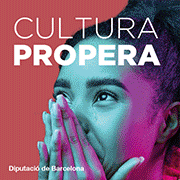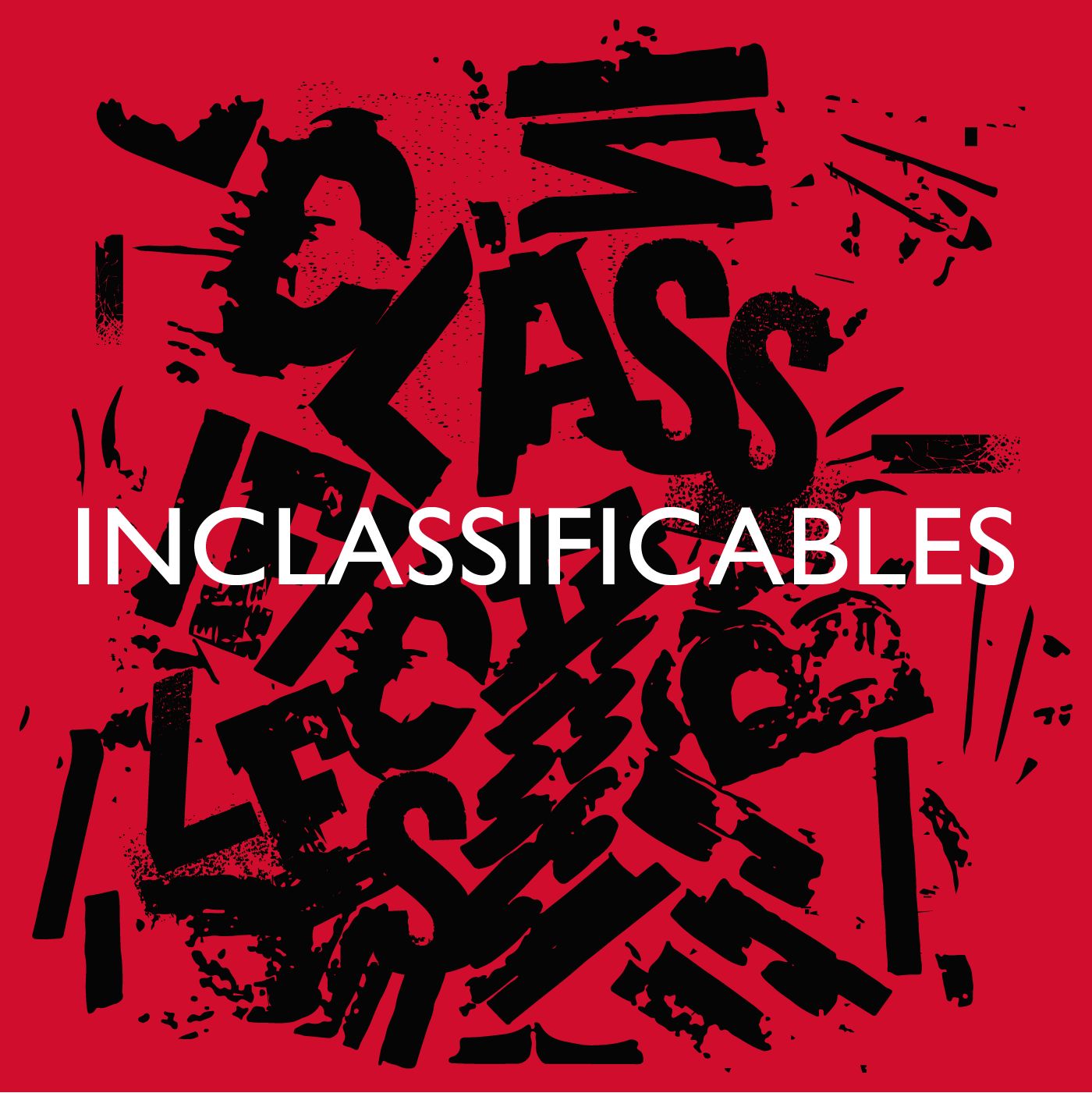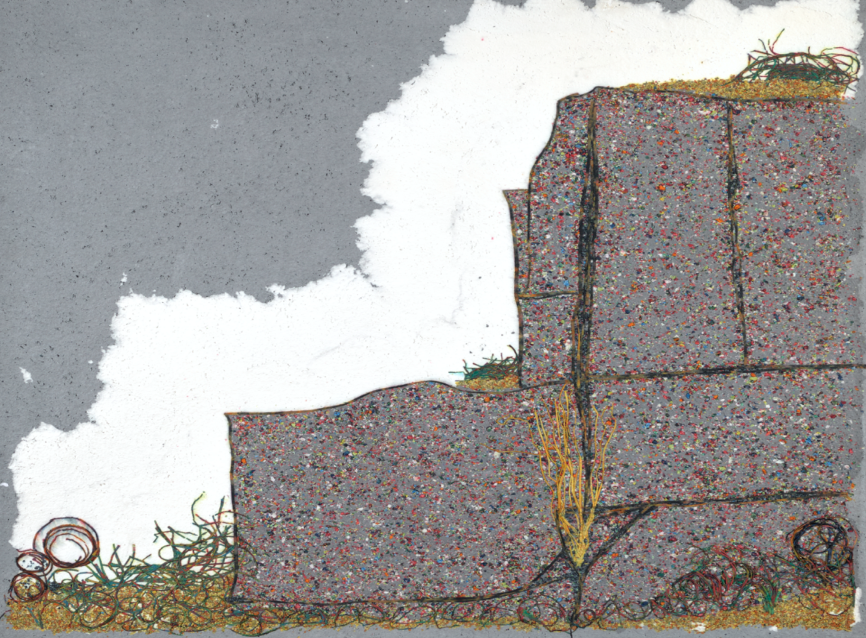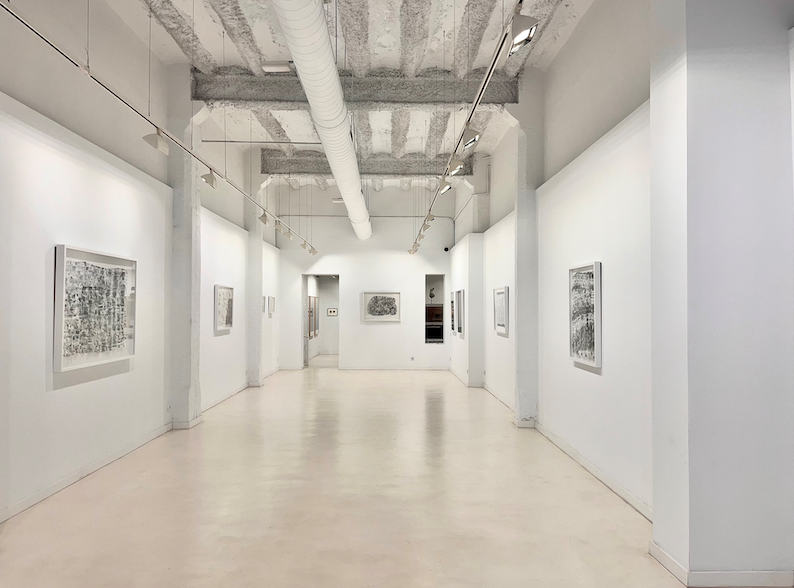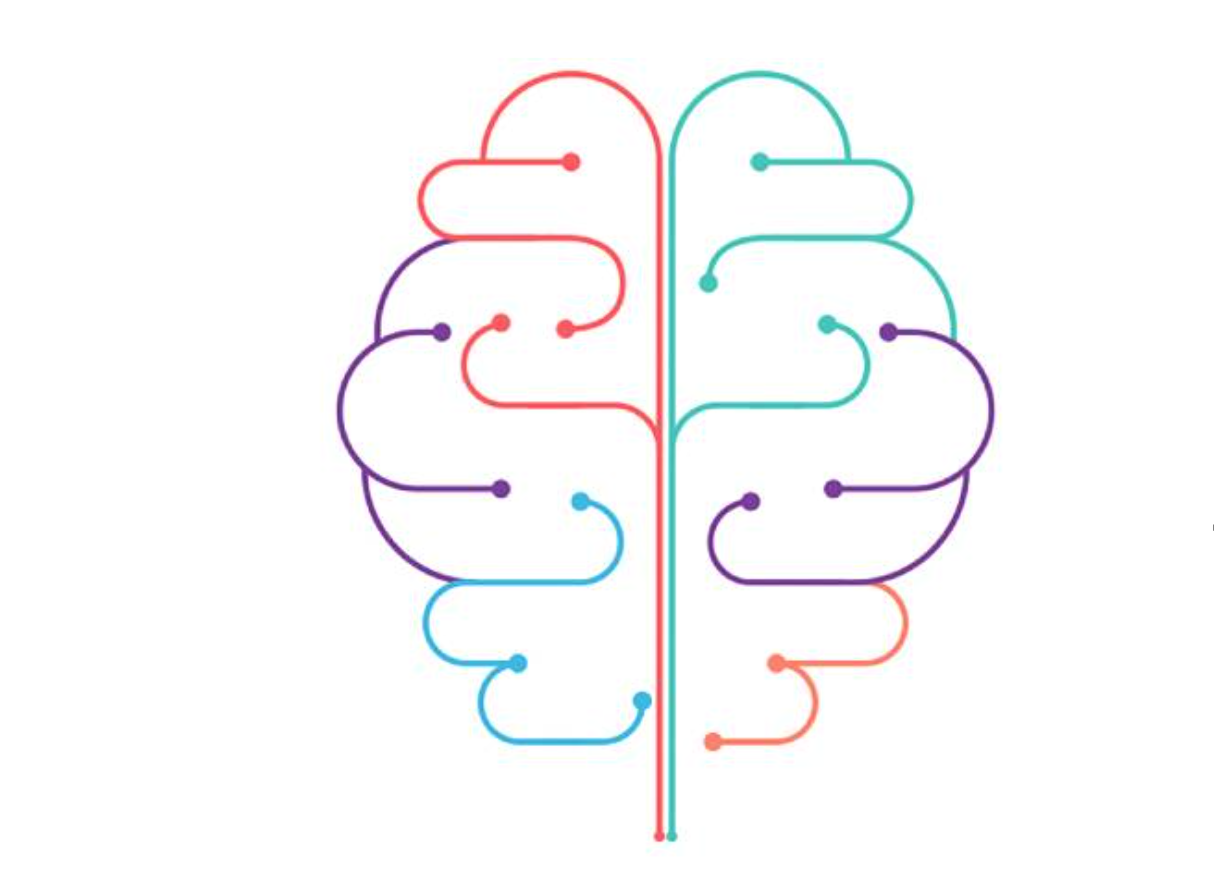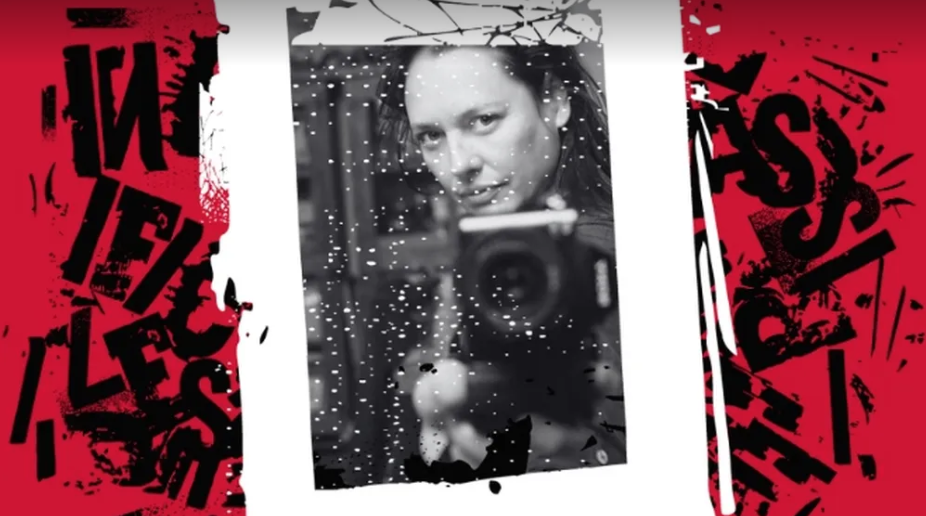Exhibitions
'Transparency inside' by Dolors Puigdemont in Can Mario
The artist Dolors Puigdemont has opened the exhibition 'Transparència insides' at the Can Mario museum in Palafrugell (Baix Empordà), through which he proposes a journey inside. Puigdemont's works make us go beyond surfaces and appearances to look deeper into the pieces and ourselves
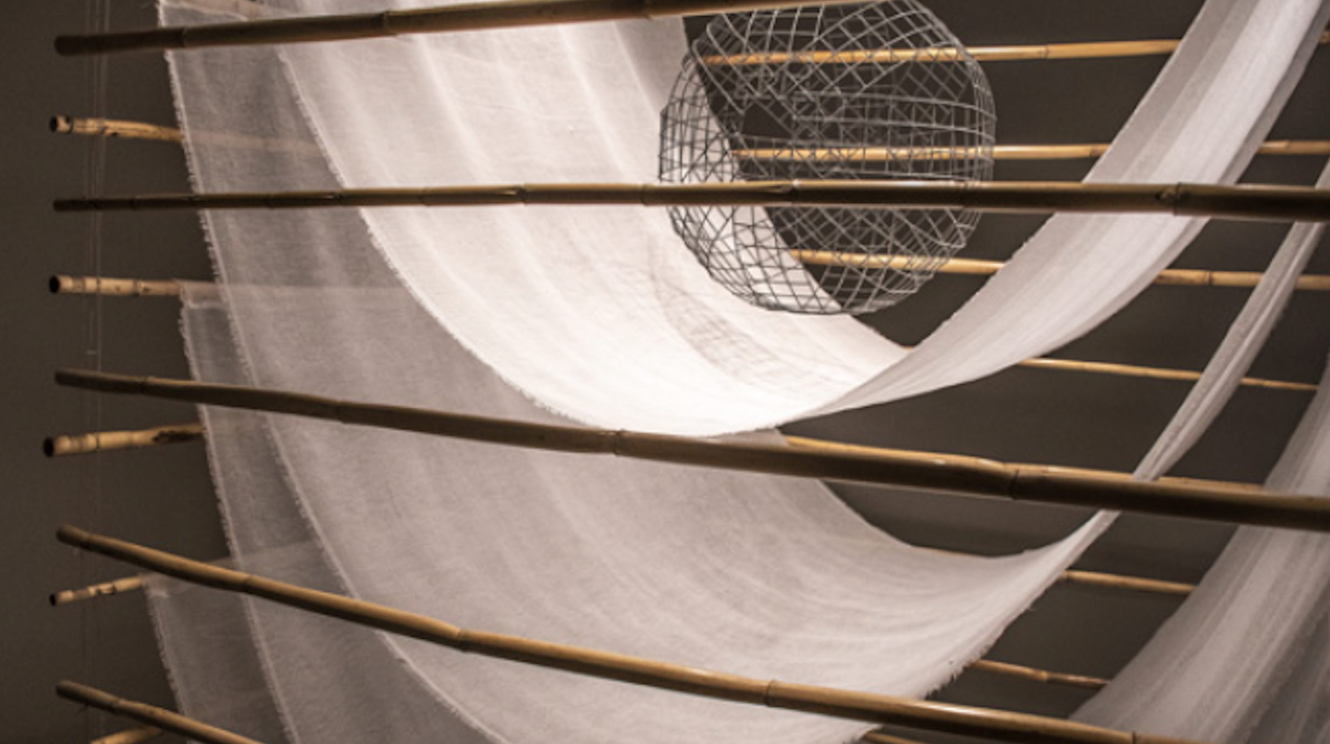
From January 20, the artist Dolors Puigdemont (Amer, 1950) presents the exhibition Transparència endins in the Can Mario exhibition rooms of the Vila Casas de Palafrugell Foundation. This exhibition, which has been conceived as an installation in which all the works (mostly created from 2006) establish various levels of affinity and relationship between them, despite the fact that they retain their individual character. This exhibition, which is made up of forty works, Puigdemont brings together the diversity of techniques and materials, natural and artificial, that he has worked with in recent years such as metal mesh, paper, fabric, wool, salt, gold bread, wood or pruning remains, among others.
In addition, he expresses his desire to expand his pieces towards the space and towards the public by playing with lights and shadows, and incorporating audiovisual projections into some of them. The works, more suggestive than literal, can be grouped into several series or ensembles in which the artist articulates a game between binary elements that complement each other: solid-transparent, metallic-organic, rigid-soft, artificial-natural ; movement-stillness, light-shadow, visual touch, etc.
This balance replicates the tension between the surface and the background referred to in the exhibition's title, Transparencies inside, and invites us to discover the artist's inner world, built on the basis of very intimate and personal memories and experiences, but which we can all connect with. One of the most relevant pieces of the exhibition is entitled the golden Merkaba in memory of Hilma af Klint (2014), which would become a dedication with which Puigdemont acknowledges the debt to this Swedish artist who in recent years has been acquiring more significance for many people interested in the world of art.
Merkaba is a double tetrahedron of wood painted gold, suspended from the ceiling and rotating on itself on a circle of salt; an object that reminds us of the concept of sacred geometry. According to Maria Lluïsa Faxedas "The tribute that Dolors Puigdemont pays him, then, is in a certain way a way of participating in this vision that we could call transcendent of art, according to which both the process of creating art like their contemplation they are not limited to just making or admiring a series of purely aesthetic decisions, but invite us to deepen and delve into a reflection that has the potential to open us to other ways of understanding".
But this "crossing surfaces" is not only found in a figurative sense but, for example, in Cossos (2009), we can also see it in a physical sense: these six geometric elements that turn on themselves, made of wire mesh , become almost transparent bodies, through which the light passes and which in turn, generate a whole network of shadows that are projected on the floor and the walls.
This game of transparencies links perfectly with La Casa del Riu (2006) and La Casa de l'ánima (2023), two works that are, at the same time, solid, light, and that function as shelters and places of welcome for 'elements that cannot be contained by themselves: water and the soul. La Casa del Riu, made with wood, light, worked and painted linen fabrics. It has a wooden platform with a built-in TV set and a 330 x 330 x 330 cm video. According to Puigdemont "in this video you can visualize the birth of the Fluvià that originates in the Vall de Bas. First we see how it comes down as a torrent and here in the video when the water is already calmer down the plain. Remembering the women who were going to washing the clothes and they were doing the laundry, I noticed how some threads of the same clothes were escaping and that inspired me to produce this video. There are also some seeds and some golden leaves that I was making during the spring and which inspired me a lot. Further down we can see that there is a kind of whirlpool, which sucks up more and more water and goes inside and for me it would come to be the union of women's work with nature".
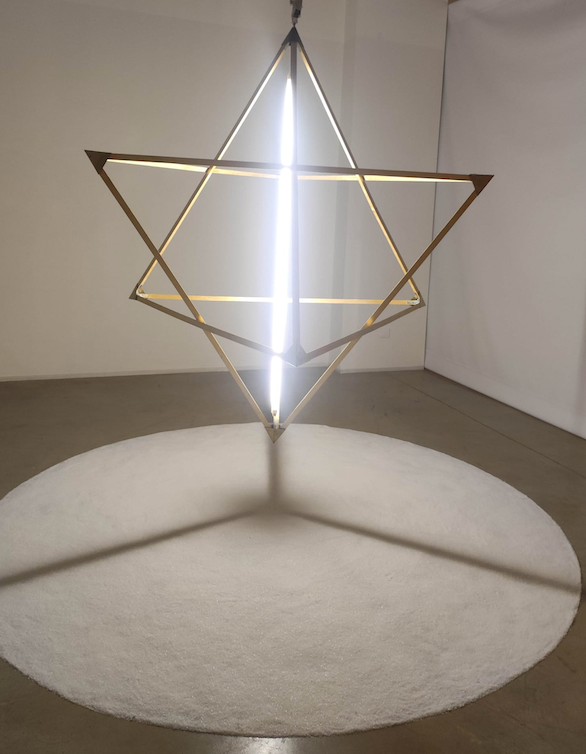
In this exhibition we also find pieces in which the main material is Japanese paper, such as Expansive (2009), and Lleixes i Moble de Manuscrits intims (2013-2017). On the other hand, the exhibition is made up of more biomorphic works such as Gérmens (1989), Bosc daurat (2012), Porta endins (2018) and Eixmundi 2 (2018). It must be said that this exhibition invites us to stop and grasp the essence and forms that nature offers us: the cycles of life, colors, light, shadow, air, water... .and to look deeper, not only at the works, but also from within ourselves.
Guided tours and exhibition catalogue
In parallel with this exhibition, two guided tours with Dolors Puigdemont have been scheduled for Saturday 2 March at 12:00 and guided tours with the mediators of Can Mario, every Saturday at 12:00 from 3 of February and until March 30, 2024. On the other hand, mention should be made of the catalog of the exhibition that has been edited for this occasion with texts by M. Lluïsa Faxedas Brujats, and which is entitled Més endins és mes altar , with biography, selection of images of the exhibited works and cataloging of the work.
Dolors Puigdemont has a degree in Fine Arts from the University of Barcelona, did post-graduate studies with Joaquim Chancho and Teresa Blanch, and has worked as a professor of drawing and Baccalaureate. His work has dealt with the study of elements of nature and has speculated about their interaction with water, the effects of growth and the transformations caused by the passage of time. To provide a visual and material corpus to his thoughts or intuitions, he has used different techniques: drawing, painting, sculpture, assemblages, installations, photography or video, although he has also carried out performances, such as the bandage of wounded branches and roots.
In his latest works he has used metal mesh and pruning remnants from the nature of his surroundings to work from Platonic geometry and around the symbolic interpretation of organic forms. Lately, he has been exploring creating outdoor works with metal and glass. Puigdemont is a regular artist at the Eude Gallery in Barcelona and the Àngela Rodeja and Sónti Art galleries in Girona, she has exhibited individually at the Pinyol Gallery in Reus, at Tinglado 2 and the Museum of Modern Art in Tarragona, at the Textile Museum and of the Indumentària de Barcelona, at Palau Falguera in Sant Feliu de Llobregat, at Can Ginestar in Sant Just Desvern and at the Museu d'Olot, among others. He has also participated in numerous collective exhibitions, personally and as a member of the group of artists of Sant Just, a collective for which he has also curated exhibitions and in national and international art fairs, such as the Triennial of Tapestry in Lódz in Poland (2007), and has also taken part in experiences such as Lluèrnia (2015), in Olot; Nature and Art (2019), in Horta de Sant Joan; or Jardins de Llum (2022), in Manresa.
The exhibition can be visited until March 31, 2024, on Saturdays from 11:00 a.m. to 2:00 p.m. and from 4:30 p.m. to 8:30 p.m., and on Sundays from 11:00 a.m. to 2:00 p.m. From Monday to Friday the Museum is closed.


